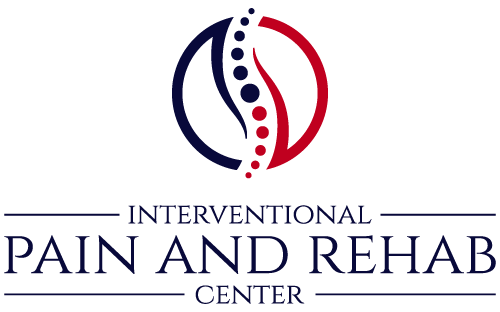Thoracic Pain
Appointment
Fill Out The Form Below
Working Hour
- 8 AM - 5 PM
- 8 AM - 5 PM
- 8 AM - 5 PM
- 8 AM - 5 PM
- 8 AM - 5 PM
- Closed
- Closed

Thoracic Pain
The thoracic spine: what is it?
The mid-back region is called the thoracic spine. Its range of motion is restricted as it is situated between the low back (lumbar spine) and the neck (cervical spine). There are twelve vertebrae in all, numbered T1–T12.
- The thoracic spine serves as an anchor for the ribs and aids in protecting the heart and lungs, two important organs.
- To shield the spinal cord while it passes through the bone canal that the vertebrae have created.
What Roots Pain in the Thoracic Spine?
One-Time Accidents
Your thoracic spine pain could occasionally be brought on by an injury related to a singular occurrence. Among them are:
Sprains and strains: The most prevalent cause of thoracic spine pain is myofascial pain, which is caused by restricted motion and numerous muscles attaching to the thoracic spine (muscle and its associated connective tissue). The thoracic spine is home to a large number of muscles that enable movement of the arms and shoulders.
Compression fractures: Severe thoracic spine pain may be brought on by vertebral compression fractures. Patients who are elderly, have experienced trauma, or have a history of osteopenia or osteoporosis are the most likely to have this.
Wear and Tear Damage
Degeneration of the spine’s components is a typical part of aging. Among them are:
Intervertebral Discs: Discs consist of the nucleus pulposus, a well-hydrated core consisting of around 80% water. This region of the disc serves as the spine’s pivot point and is exposed to high stresses. The annulus fibrosus, a strong outer ring made of fibrous collagen that encircles it and absorbs spinal stress, is present. Tears or disc degeneration may be the cause of disc-generated discomfort.
Zygapophyseal (also known as facet) joints: These are the tiny, paired spine joints. Together with the discs, these movable connections offer structural stability while preserving flexibility.
Nerve Damage
Thoracic spine nerve discomfort is rare but can include:
The problem known as thoracic radiculopathy arises when a nerve root is compressed as it leaves the spinal column. An expansion of the facet joint or a disc bulge may be the cause of this compression. A scorching, electric sensation that starts in the back and travels to the front of the chest or belly is how it’s commonly characterized. In those same regions, numbness may also be connected to it. In the thoracic spine, this kind of pain is uncommon.
Post-herpetic Neuralgia: Shingles is most frequently linked to this problem. Shingles can produce persistent symptoms of nerve discomfort because it lives in and damages nerve tissue.

Pain Management for Thoracic Spine
Whenever feasible, we at the Denver Spine and Pain Institute advise conservative therapy. The particular source of your discomfort will determine what kind of treatment you need.
One of the cornerstones of treatment for thoracic spine pain is physical therapy. Physical therapy aims to increase mobility by treating abnormal or reduced range of motion. It is also utilized to treat any mechanical or muscular issues, including any anomalies in posture, and to lessen pain.
Medication: Acetaminophen (Tylenol), muscle relaxants, and anti-inflammatory drugs (ibuprofen, naproxen) will help relieve discomfort temporarily so you can engage in physical therapy more easily.
Injections: If medicine and physical therapy alone aren’t enough to relieve your symptoms, injections could be able to provide you the long-term respite you need.
Platelet rich plasma (PRP) and stem cell therapies are examples of regenerative medicine therapy.
Treatment for Refractory Thoracic Spine Pain: Spinal cord stimulation is a treatment option for this type of pain.
Surgery can be required if these conservative measures are insufficient to relieve the patient’s symptoms. Before your surgical consultation, our staff will conduct all necessary diagnostic testing to pinpoint the exact source and location of your discomfort. Your surgeon will be able to arrange your procedure with the help of these diagnostic tests.
Regaining a Life Free of Pain
Your quality of life may be greatly impacted by chronic thoracic spine discomfort, which can make it difficult to carry out daily activities and engage in your favorite pursuits. Thankfully, this agony is no longer something you have to endure. The most cutting-edge pain relief techniques are available at the Denver Spine and Pain Institute, enabling you to resume your normal life.
We are the only back, sports, and pain specialists in the nation offering the Connected Care Approach, a specially created method to help you return to living life to the fullest sooner.
